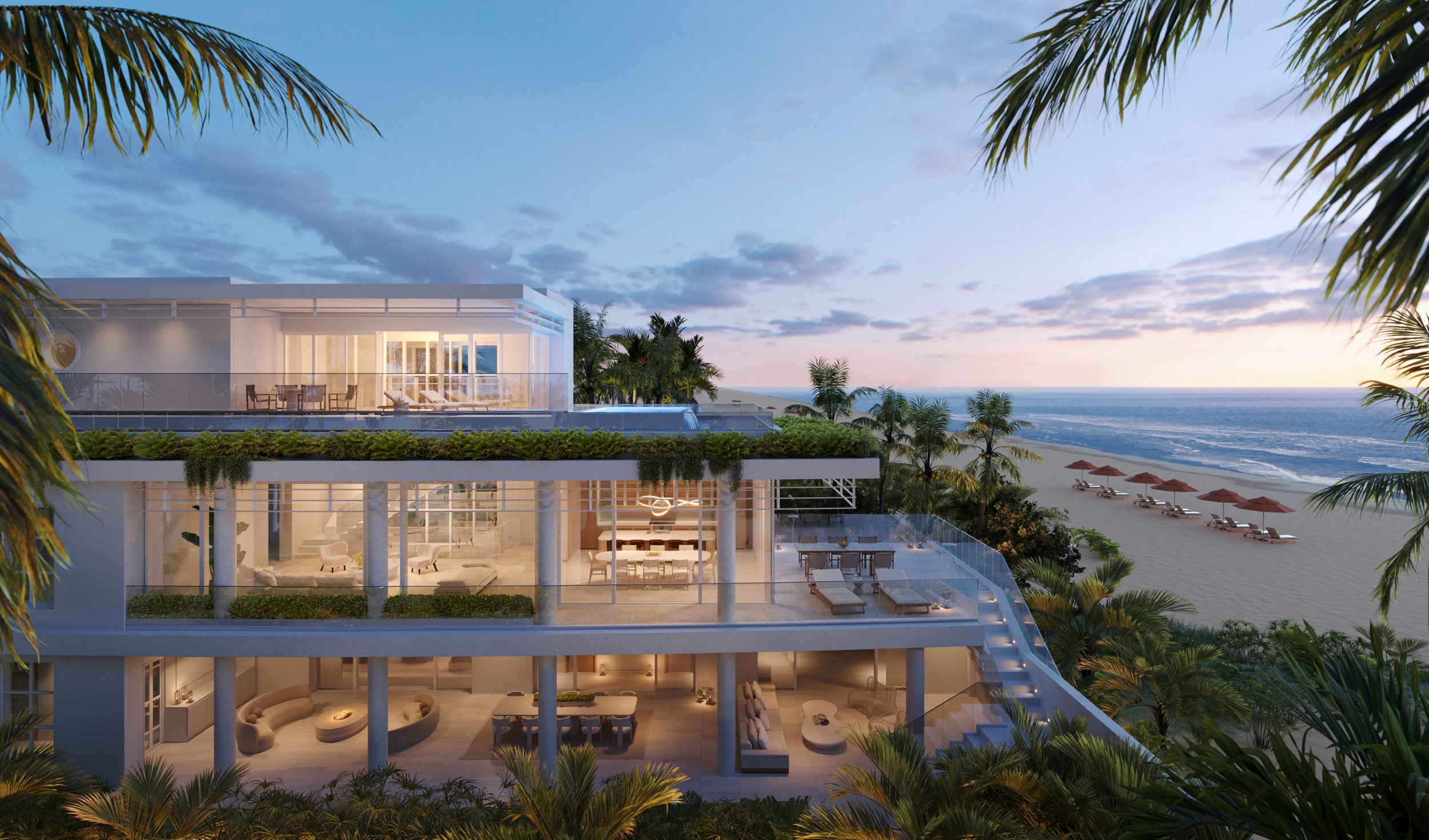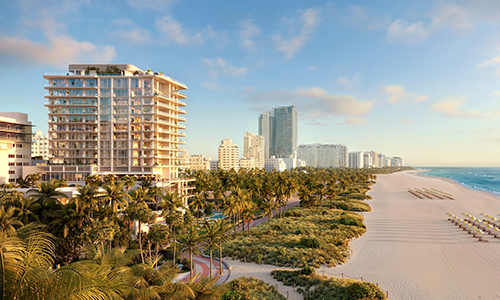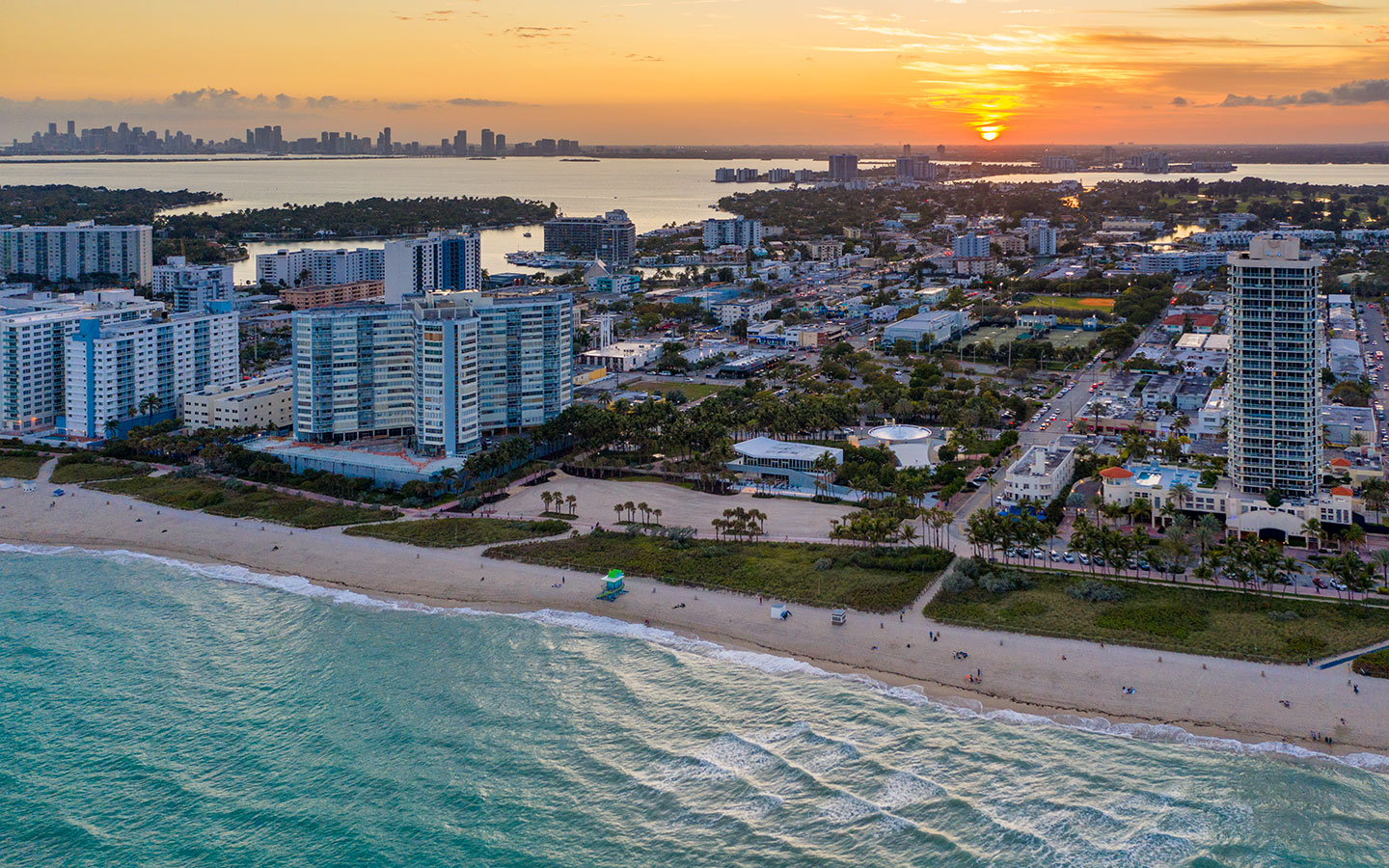Miami's Shrinking Living Spaces: The New Reality of Urban Apartments
The Incredible Shrinking Miami Apartment: A 2025 Analysis
If you've recently moved to Miami or relocated within the city, you might have noticed something peculiar about your new living space—it feels noticeably smaller. That sensation isn't just your imagination playing tricks. According to comprehensive data from RentCafe's latest Florida housing survey, Miami apartments have officially crossed a significant threshold, with average sizes dipping below 900 square feet for the first time in over a decade.
The Magic City now ranks 8th in Florida with an average apartment size of just 895 square feet, representing a substantial reduction in living space compared to previous years. This trend stands in stark contrast to the national pattern, where apartment sizes in many metropolitan areas are actually increasing. While cities like Tallahassee and Gainesville offer Florida's most spacious residential units, Miami continues on its trajectory toward more compact living arrangements.
Miami's Micro Revolution: Why Apartments Are Getting Smaller
Several interconnected factors are driving Miami's apartment downsizing phenomenon:
Shifting Demographics and Lifestyle Preferences
The influx of younger professionals to Miami's urban core is dramatically reshaping housing development priorities. According to RentCafe's analysis, smaller-format units now dominate new construction, with studios and one-bedroom apartments representing an impressive 56% of newly developed residential inventory in the city.
Young professionals and millennial renters are increasingly prioritizing location over square footage, showing preference for vibrant, walkable neighborhoods with immediate access to restaurants, entertainment venues, and workplace opportunities. This demographic is often willing to sacrifice personal space for the excitement and convenience of centrally located neighborhoods.
Development Economics and Urban Density
Real estate developers facing premium land costs in Miami's most desirable areas have responded by optimizing unit counts within their buildings. Constructing more compact apartments allows developers to increase overall unit density while keeping individual rental prices within reach of target demographics.
Urban planning specialists note that this approach aligns with sustainable city development principles, promoting higher population density in areas already equipped with public transportation infrastructure and established amenities.
Hotspots for Compact Urban Living
The transformation is particularly evident in Miami's trendiest neighborhoods, where smaller apartments are redefining urban living standards:
Wynwood's Creative Compact Spaces
Once Miami's industrial warehouse district, Wynwood has transformed into a vibrant arts and culture hub attracting creative professionals and entrepreneurs. New residential developments in the area emphasize innovative design solutions that maximize functionality in smaller footprints, offering residents immediate access to the neighborhood's renowned street art, galleries, dining establishments, and burgeoning tech scene.
Brickell's Efficient Luxury Units
As Miami's financial district continues its vertical expansion, Brickell developers are increasingly focused on efficient luxury—apartments that may be smaller in square footage but feature premium finishes, smart home technology, and exceptional building amenities that extend the living experience beyond apartment walls. Residents trade personal square footage for access to hotel-style amenities including coworking spaces, roof decks, and fitness facilities.
The Affordability Paradox
In an unexpected twist to the shrinking apartment trend, Miami's rental rates have simultaneously experienced a modest but meaningful decline. Current data from Redfin shows that median apartment rent has decreased to $2,373 as of December 2024, reflecting approximately a 4% reduction from the previous year's $2,470 figure.
However, this decrease hasn't significantly improved Miami's affordability ranking. The city maintains its position as the second least affordable rental market in the United States when comparing median income to housing costs. This persistence suggests that while apartments are getting smaller and slightly less expensive, wages haven't kept pace with the overall cost of living in the area.
The Future of Miami Living: Adapting to Compact Spaces
As Miami residents adapt to increasingly compact living environments, interior designers and space optimization experts have observed emerging trends in how people furnish and organize their homes:
- Multifunctional furniture adoption has surged, with expandable dining tables, convertible sofas, and murphy beds becoming standard features in many new apartments
- Vertical storage solutions that maximize wall space are increasingly popular among urban dwellers
- Minimalist design approaches that prioritize functionality over accumulation have gained significant traction
- Shared amenity spaces within buildings are becoming extensions of private living areas, with residents utilizing communal workspaces, entertainment lounges, and outdoor facilities
Insights: What Renters Want to Know
Are Miami apartments really getting smaller across all neighborhoods?
While the trend is citywide, it's most pronounced in high-demand urban core neighborhoods like Brickell, Downtown, Wynwood, and Edgewater. Outlying suburban areas tend to maintain more traditional apartment dimensions, though new construction everywhere shows a tendency toward optimization of space.
Does a smaller apartment necessarily mean lower quality living?
Not at all. Today's compact apartments often feature superior design, better finishes, and more thoughtful layouts than larger apartments from previous generations. Developments compensate for reduced square footage with elevated amenities, premium locations, and smart home technology integration.
Will Miami apartments continue to shrink in coming years?
Urban development experts predict the trend will likely continue, particularly as Miami addresses housing shortages and affordability challenges. However, there's likely a practical lower limit to how small units can become while remaining marketable to the target demographic.
How can renters make the most of smaller living spaces?
Professional organizers recommend embracing minimalism, investing in quality multi-purpose furniture, utilizing vertical space with tall bookcases and shelving, and taking full advantage of building amenities as extensions of your home. Many newer buildings offer package receiving areas, coworking spaces, and entertainment facilities specifically designed to complement smaller private units.
Are there any benefits to the smaller apartment trend?
Many residents report that smaller spaces encourage more intentional purchasing decisions, reduce maintenance time, lower utility costs, and promote a more environmentally sustainable lifestyle. Additionally, compact apartments in premium locations often allow residents to live in neighborhoods that would otherwise be financially out of reach.
As Miami continues evolving into an increasingly dense urban environment, these compact living spaces represent not just a market trend but a fundamental shift in how residents interact with their homes and communities. While the average Miami apartment may be shrinking in square footage, the city's appeal as a vibrant place to live continues to expand.












